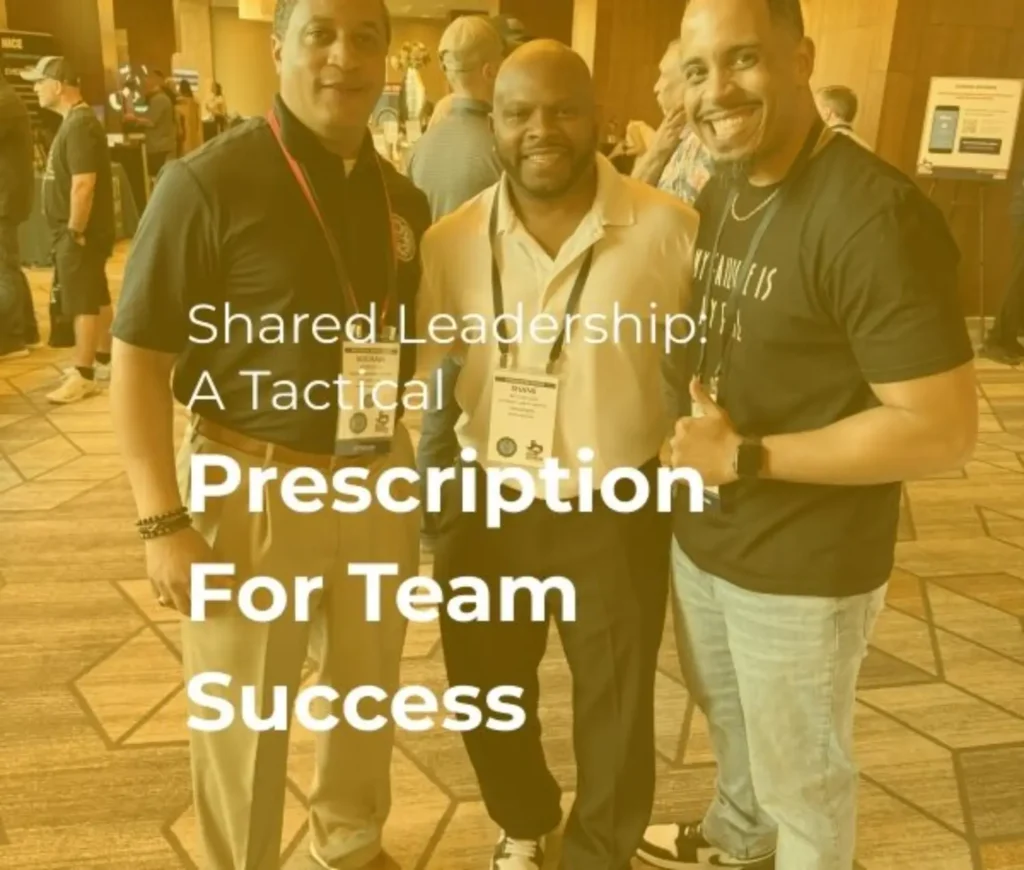Unravel the Secret: Achieving Work-Life Equilibrium
Achieving Work-Life Equilibrium: Unraveling the Secret In today’s fast-paced and demanding world, striking a balance between work and personal life can feel like an elusive goal for many professionals. The pressures to succeed at work, meet deadlines, and climb the corporate ladder often come at the expense of personal relationships, self-care, and overall well-being. However, achieving work-life equilibrium is not an impossible feat. In this article, we will explore effective strategies and practical tips to help you unravel the secret to achieving work-life equilibrium. Understanding Work-Life Equilibrium Work-life equilibrium is the state of being able to effectively manage both professional responsibilities and personal commitments while maintaining a sense of equilibrium and fulfillment in both areas. It involves aligning your values, priorities, and goals in a way that allows for optimal performance at work without neglecting your personal life. The Importance of Work-Life Equilibrium Finding work-life equilibrium is crucial for several reasons. Firstly, maintaining a healthy work-life balance is essential for your overall well-being. Chronic work-related stress can have detrimental effects on your physical and mental health, leading to burnout, fatigue, and decreased productivity. Prioritizing your personal life helps you recharge, reduces stress, and enhances your overall quality of life. Secondly, achieving work-life equilibrium ultimately leads to increased job satisfaction and performance. When you create boundaries and allocate time for personal activities, you are more likely to bring renewed energy, focus, and creativity to your work. This, in turn, can lead to greater job satisfaction, improved performance, and even career advancement opportunities. Lastly, work-life equilibrium is crucial for nurturing meaningful relationships. Neglecting personal relationships in favor of work can strain relationships with loved ones, friends, and even yourself. Cultivating a balanced life allows you to invest time and effort into maintaining and strengthening these connections, fostering happiness and fulfillment. Strategies for Achieving Work-Life Equilibrium Define Your Priorities: Start by clearly identifying your values and priorities in both your professional and personal life. Reflect on what truly matters to you and align your commitments accordingly. Set Boundaries: Establish clear boundaries between work and personal life. Determine specific times for work, breaks, and personal activities. Communicate these boundaries to colleagues, managers, and loved ones, and respect them yourself. Manage Your Time: Learn effective time management techniques to optimize your work hours. Prioritize tasks, eliminate distractions, and delegate when possible. By efficiently managing your time, you can maximize productivity and create space for personal activities. Practice Self-Care: Make self-care a non-negotiable part of your routine. Engage in activities that support your physical, mental, and emotional well-being. This can include exercise, meditation, hobbies, or simply taking time for yourself. Delegate and Seek Support: Don’t be afraid to delegate tasks and seek support from colleagues, family, or friends. Trying to do everything yourself can lead to overwhelm and burnout. Learning to rely on others and asking for help when needed can lighten your workload and create more balance. Unplug and Disconnect: Create dedicated technology-free time for yourself and your loved ones. Disconnecting from work-related emails, calls, and social media allows you to fully engage in personal activities and be present in the moment. Plan and Prioritize Personal Activities: Schedule personal activities just as you would schedule work-related tasks. Whether it’s spending time with family, pursuing hobbies, or taking vacations, intentionally dedicating time to personal activities helps maintain a sense of equilibrium and fulfillment. Practice Mindfulness: Incorporate mindfulness practices into your daily routine. Mindfulness can help reduce stress, improve focus, and enhance your overall well-being. Whether through meditation, breathing exercises, or simply being present in the moment, mindfulness can promote work-life balance. Evaluate and Reassess: Periodically evaluate your commitments and reassess your work-life balance. As priorities and circumstances change, adjust your boundaries, routines, and goals accordingly. Flexibility and adaptability are key to maintaining long-term work-life equilibrium. Overcoming Obstacles While achieving work-life equilibrium is an admirable goal, it is not without challenges. Here are some common obstacles you may face and strategies to overcome them: Workplace Culture: Some organizations have a culture that glorifies long hours and constant availability. If you find yourself in such a workplace, be proactive in setting boundaries and advocating for work-life balance. Seek support from colleagues and managers who prioritize work-life equilibrium and share your challenges. Guilt and FOMO: It’s common to feel guilty or fear missing out (FOMO) when prioritizing personal activities over work. Remember that taking care of yourself and nurturing personal relationships is essential for long-term success and well-being. Embrace the idea that balance benefits both your personal and professional life. Poor Time Management: Ineffective time management can hinder work-life equilibrium. Invest in learning time management techniques and tools that work for you. Experiment with different strategies until you find a system that helps you optimize your time and achieve a balanced life. Workload and Deadlines: Heavy workloads and tight deadlines are realities in many professions. However, effective planning, delegation, and communication can help manage these challenges. Prioritize tasks, set realistic expectations, and seek assistance when needed to prevent burnout and maintain equilibrium. Perfectionism: Perfectionism can lead to overworking and neglecting personal needs. Shift your mindset to embrace the concept of “good enough” and learn to delegate tasks. Remember that aiming for balance and well-being is more important than perfection. Finding Your Work-Life Equilibrium Achieving work-life equilibrium is an ongoing journey that requires commitment, self-reflection, and continuous adjustment. Start by understanding your values and priorities, setting boundaries, and practicing self-care. Overcome obstacles by cultivating a supportive workplace culture, managing guilt and FOMO, optimizing time management, and combating perfectionism. Remember, work-life equilibrium is not a destination but rather a process of finding harmony between professional aspirations and personal fulfillment. Embrace the journey and enjoy the rewards of a balanced life. Michael Laidler is a professional speaker and best-selling author who empowers individuals and organizations to overcome challenges, find fulfillment, and transform their lives. Through his seminars, online courses, and speaking engagements, he provides insights and expertise on personal growth, resilience, leadership, and well-being. With his motivational and inspiring approach, Michael helps his target audience achieve success and unlock their full







